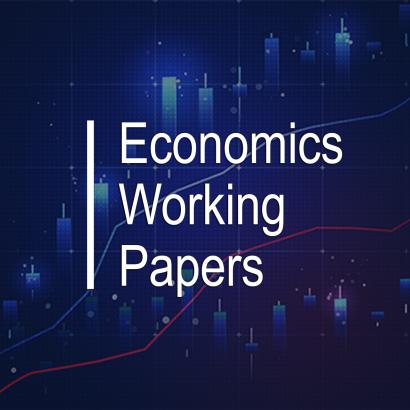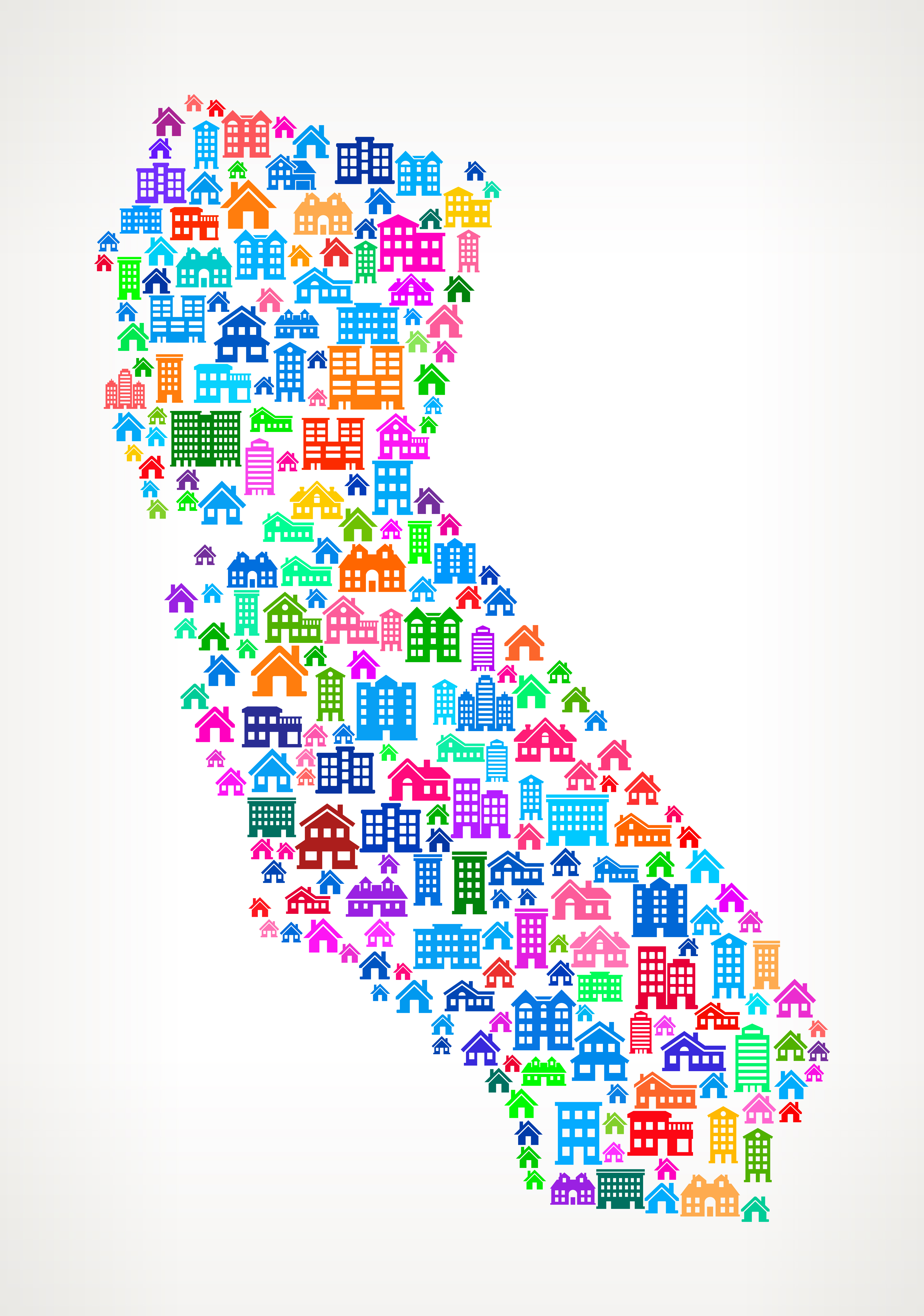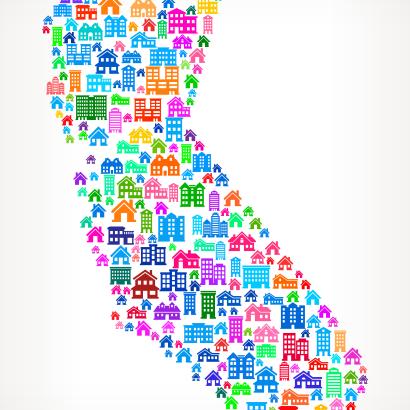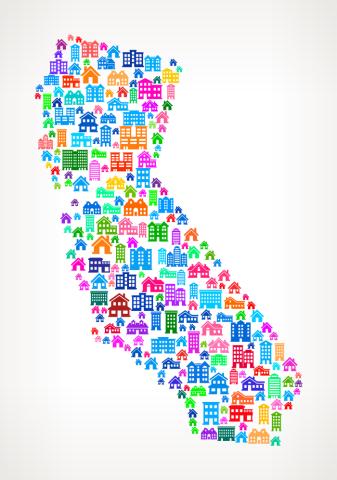- State & Local
- California
The laws governing California politics shouldn’t be confused with Sir Issac Newton’s laws of motion—least not with Newton’s “third law” and the notion of every action having an equal and opposite reaction.
Case in point: former vice president Kamala Harris’s decision, late last month, to forgo a run for governor in 2026.
Applying the Newtonian principle, a significant figure should have entered the race to fill the void left by Harris. Instead, a week later, California Lieutenant Fovernor Eleni Kounalakis likewise took herself out of the gubernatorial contest and reset her sights on the office of state treasurer. In giving up her dream of becoming the Golden State’s 41st governor, she ended a vision quest that began way back in April 2023 (such hypercampaigning isn’t new for California gubernatorial hopefuls, by the way; Gavin Newsom, Kounalakis’ spredecessor as lieutenant governor, began in his 2018 campaign in February 2015).
If the lack of a big name in the running to be the next governor of America’s most populous state seems odd, that might be because . . . well, it’s an odd set of circumstances as the summer of 2025 comes to an end.
For openers, there’s no clear frontrunner, as was the case the last two times the job was vacant (i.e., a term-limited governor couldn’t re-up for another four years).
In 2018, that was Newsom, who cleverly used his eight years as California’s second-in-command (an outdated quirk in California’s constitution makes the lieutenant governor the acting governor when the incumbent temporarily leaves the state) to raise his profile. That included Newsom making himself the very public face of pair of ballot initiatives having to do with gun control (2016’s Proposition 63) and recreational marijuana legalization (2016’s Proposition 64).
On the other hand, elevating his name recognition wasn’t a concern for 2010’s frontrunner, former Governor Jerry Brown, who had been a fixture on California’s political landscape for nearly four decades—with two previous terms as governor, three presidential campaigns, plus stints as state attorney general and mayor of Oaklandby the time he attempted his return to the governor’s office (bonus points if you remember that Newsom also ran for governor in the 2010 cycle, though his campaign lasted all of six months).
So, who’s now leading the pack to replace Newsom? According to this Emerson College Polling survey, the honor goes to former Orange County congresswoman Katie Porter, who benefits from her run for the US Senate in 2024—although she finished a distant third in that open primary and thus missed the November runoff.
That said, Porter campaign’s not exactly a runaway train. Emerson has her at 18%, which is one point less than the combined support for Republican political commentator Steve Hilton (12%) and Riverside County Sheriff Chad Bianco (7%). If one insists upon being a purist, the early frontrunner is an entity named “undecided” (the choice of 38% of the poll sample).
Equally unusual about next year’s gubernatorial contest: It faces an early litmus test in the form of this fall’s special election and Newsom’s quest to redraw the Golden State’s congressional districts by temporarily sidelining the nonpartisan California Citizens Redistricting Commission in favor of the Democratic-controlled legislature. That plus some creative political cartography could cost Republicans up to five congressional seats next year if California voters lend their approval.
November’s potential special election impacts the governor’s race at least three ways, beginning with the matter of Democratic messaging.
First, let’s assume that Porter and the small army of fellow Democrats still in the race—former Health and Human Services Secretary Xavier Becerra, former State Senate leader Toni Atkins, former Los Angeles Mayor Antonio Villaraigosa, billionaire Stephen Cloobeck, former Controller Betty Yee, and Superintendent of Public Instruction Tony Thurmond—all mimic Newsom and the notion that returning redistricting to California’s political class is vital not only to offsetting efforts in Texas to add Republican congressional seats via mid-decade gerrymandering but also to stopping the Trump presidency in its tracks.
But that’s not necessarily true of all Democrats.
Let’s suppose that Rick Caruso, the billionaire developer expected to run for mayor of Los Angeles next year, instead sets his sights on Sacramento. Caruso’s an “evolved” Democrat in that he’s a former independent and Republican. In a field already teeming with fellow Democrats, he might decide that the smart play is to play along with the Trump-bashing but attempt to build a wider bloc of voters. He could do so by suggesting that the special election is the wrong way to counter Trump and the GOP redistricting—especially if voters soundly reject the idea (more on that it a moment).
Second, would a special election help at least one Republican finish first or second in next summer’s primary, thus earning a spot on the November ballot?
The likely beneficiary in this scenario is Steve Hilton. He’s already indicated that he’ll take legal action should the special election move forward. Does that boost his numbers among Republican portion of the California electorate that sees the special election as a partisan power grab (that would include a former GOP governor who’s vowed to terminate the redistricting scheme)? Speaking of Arnold Schwarzenegger, Hilton is looking at a heavy lift to get to second place come next summer; Republican candidate and former baseball great Steve Garvey finished second in the 2024’s Senate primary with 31.5% support.
A third consideration: how the field reacts if Newsom fails at his attempt to redraw California’s congressional lines for the next three elections—a distinct possibility if this Citrin Center–Possibility Lab–POLITICO survey holds up. It shows that voters across party lines prefer to keep redistricting nonpartisan, by a two-to-one margin.
That’s not a concern for Newsom, who obviously isn’t running for reelection and, to be cynical, maybe “wins” regardless of the outcome in that (a) a victory improves his national standing with party activists; and (b) even if he loses, he still get a credit for “fighting the good fight.” (Newsom looks even better if fellow 2028 presidential aspirants like Illinois Governor J.B. Pritzker don’t try the same power play).
In a post-reelection California, should gerrymandering tank, would that prompt Porter and other firebrand Democrats to ease off the anti-Trump throttle, i.e., let up on talk of democracy in peril and focus instead on more salient concerns over the future of the “California dream” (affordable housing, public safety, more sensible fiscal policy in Sacramento)?
Voters sent a signal of such local concerns in the last presidential election. While Trump fearmongering succeeding in suppressing his support (Trump received only 38.3% of the statewide vote, making California his sixth-weakest state in terms of popularity), Golden State voters at the same time expressed their displeasure with the status quo in the form of Proposition 36. That measure to impose stiffer penalties on certain theft and drug crimes received 68% support statewide and passed in every California county, despite Newsom and Democratic lawmakers opposing the effort.
Will California voters buy the notion that partisan redistricting in the Golden State is a necessary safeguard against fears of an imperial presidency?
Or, as in Hans Christian Andersen’s fairy tale, will voters reject the California emperor’s new clothes—not so much one governor’s nudity but his naked ambition?

















